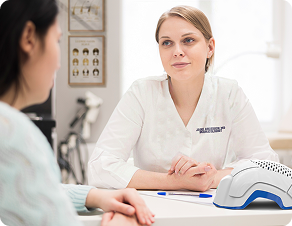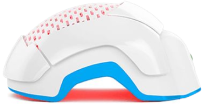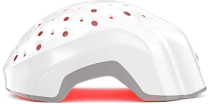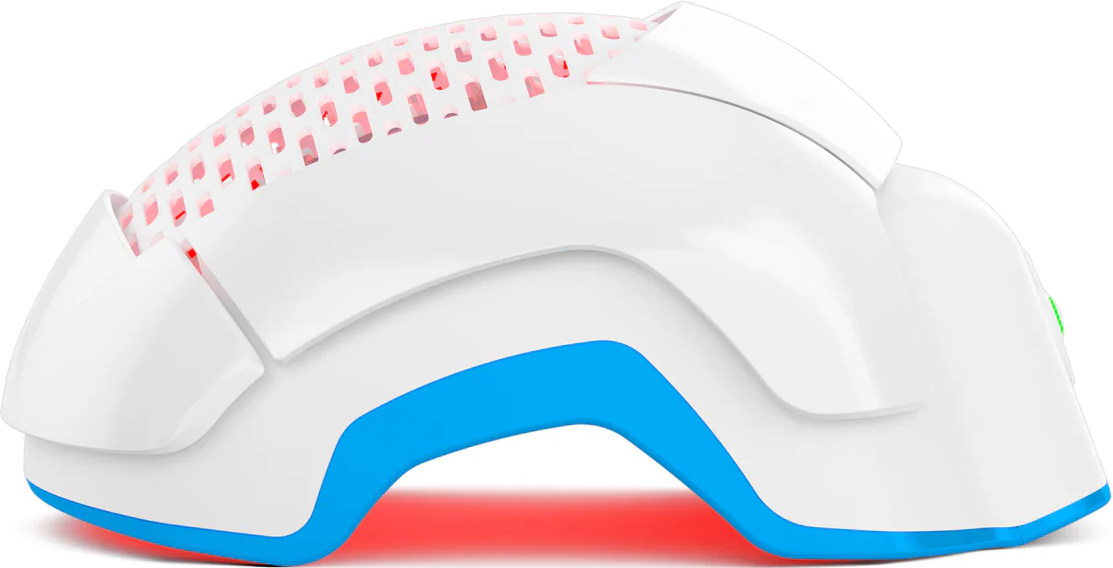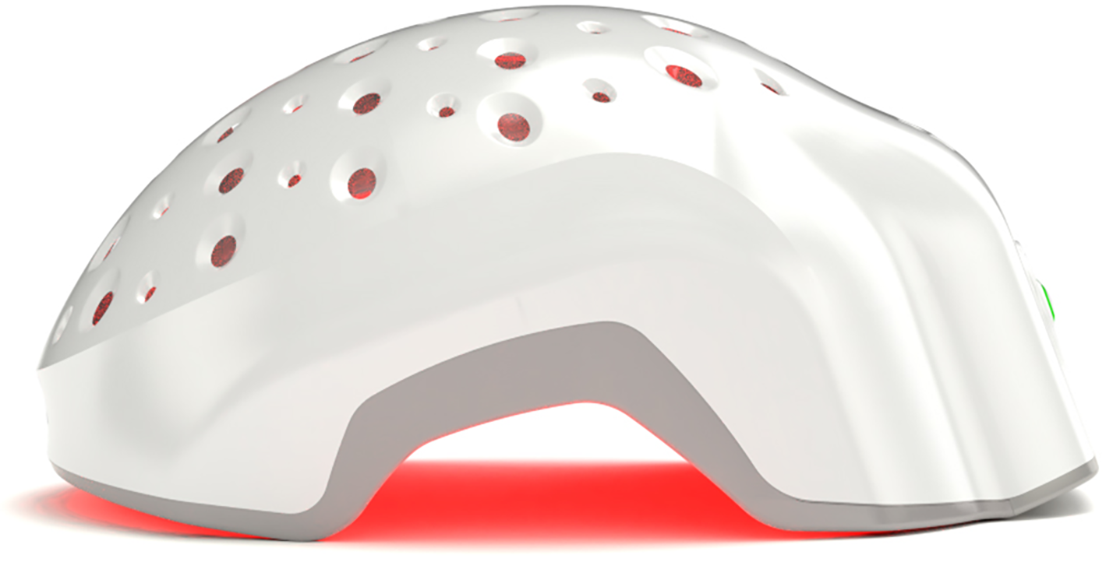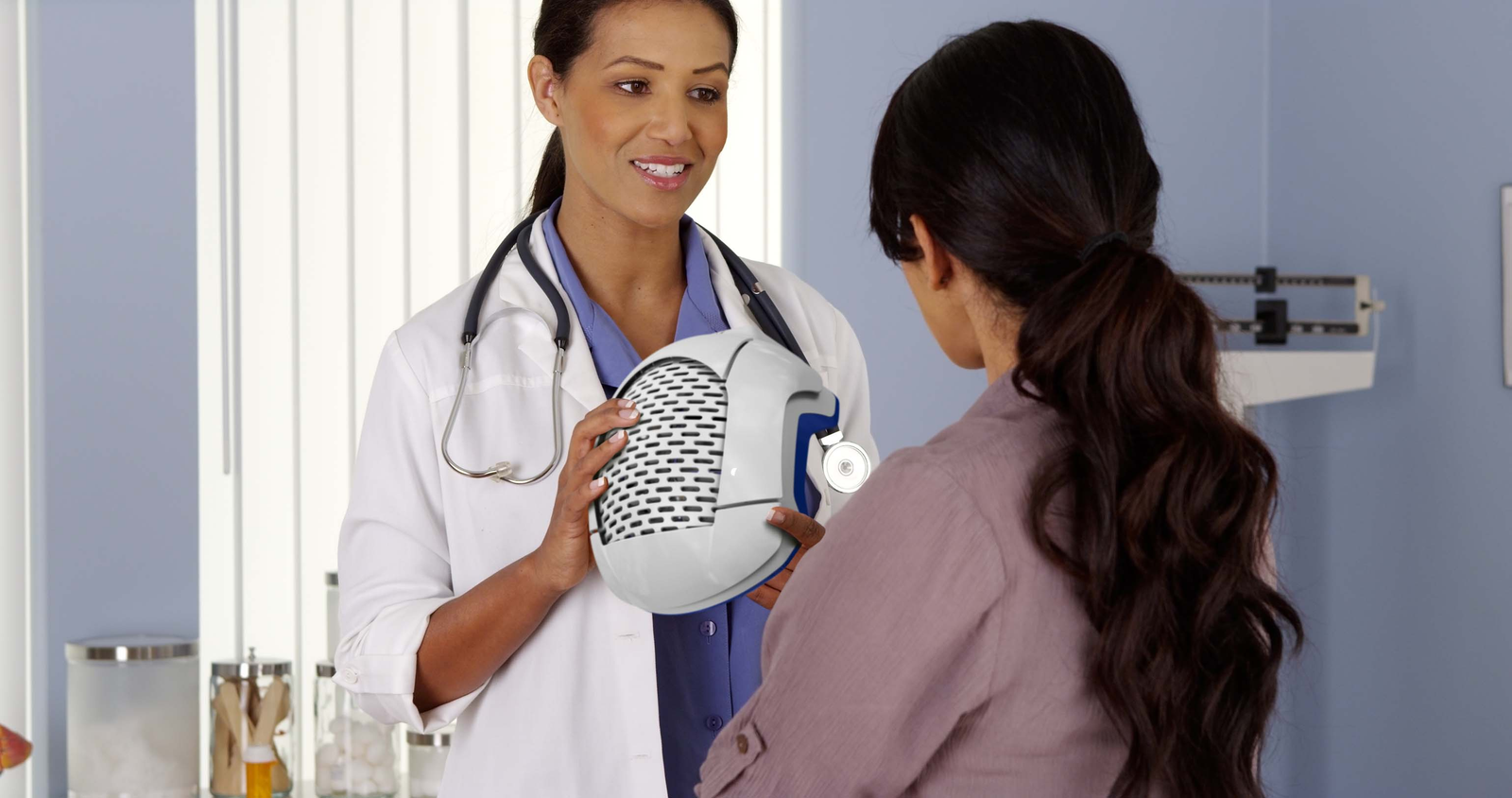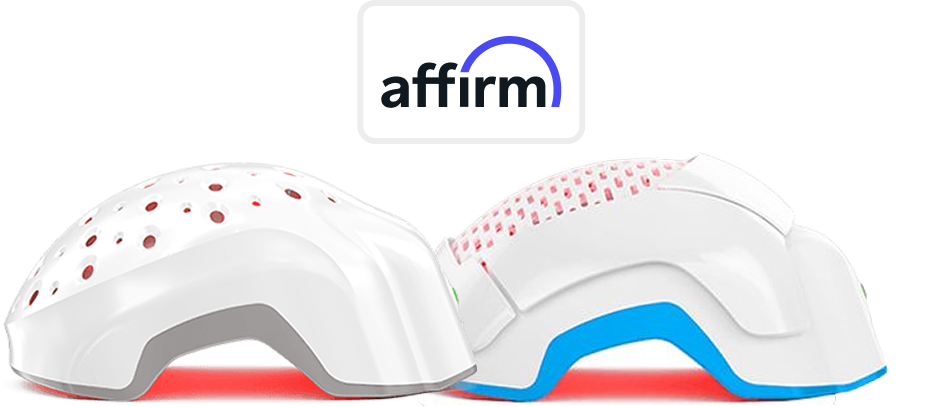Red light therapy for hair loss might sound too good to be true, a simple light treatment that can help you regrow your hair? Really?
But if you’ve been battling thinning hair or receding hairlines, you’ve probably heard the buzz around this so-called "miracle" solution. And if you’re wondering, does red light therapy work for hair loss—well, you’re not alone. The good news is, there’s actual science behind the glow, and this therapy is a lot more than just shining light onto your scalp.
The concept is pretty straightforward: red light therapy, also known as low-level laser therapy (LLLT), uses specific wavelengths of laser light to penetrate the scalp and stimulate hair follicles, encouraging them to grow new hair. Clinical studies have shown that it can improve hair density and thickness for those dealing with androgenetic alopecia—the most common cause of hair loss in both men and women. So yes, it’s not just another too-good-to-be-true claim.
But before you rush off to buy the latest light laser therapy helmet, there are a few things you need to know. Like all treatments, red light therapy isn’t a solution that works for every case, and it comes with its pros and cons. In this article, we’ll go into the nitty-gritty of how red light therapy works, who it’s for, and what results you can realistically expect.
What is Red Light Therapy?
Red light therapy (RLT) isn’t as futuristic as it sounds—it’s been around for decades, initially used in medical treatments to help heal wounds and reduce inflammation. More recently, it’s gained traction as a hair loss treatment, backed by several studies showing its ability to stimulate hair growth by improving scalp health.
The technology works by using specific wavelengths of light (usually between 620-660 nanometers) to penetrate the skin and target hair follicles. This process boosts cellular energy (ATP production) and encourages the scalp to enter the anagen phase (growth phase) of the hair cycle.
How Does Red Light Therapy Work for Hair Loss?
At the heart of red light therapy for hair loss is a straightforward concept, using specific wavelengths of red light to target hair follicles, which helps to stimulate their activity. Red light, particularly at wavelengths usually around 680nm, penetrates the scalp to reach hair follicles where it increases blood circulation and thereby enhances the delivery of nutrients. The result it creates is an ideal environment for promoting hair growth.
Think of it as a jumpstart for your hair follicles. The increased circulation and nutrient supply encourage dormant follicles to shift back into the anagen phase, i.e., the active growth phase of the hair cycle. While red light therapy doesn’t block DHT (the hormone responsible for male and female pattern baldness), it does give your follicles a better chance to survive and thrive by improving the overall health of your scalp. It’s not about fighting the cause of hair loss directly but more about helping your hair grow despite it.
It doesn’t stop there, though. Red light therapy also promotes cellular energy production (ATP), as we mentioned, alongside collagen synthesis, two crucial factors in hair follicle regeneration. By boosting ATP (adenosine triphosphate), the therapy energizes cells to function more effectively, which aids in hair growth. Meanwhile, collagen helps protect hair follicles from damage and can contribute to thicker, stronger hair.
Benefits of Red Light Therapy for Hair Loss
Here are the key benefits of LPT that have made it such a popular treatment for hair loss:
1. Non-Invasive and Painless Treatment
Unlike hair transplants or needles, red light therapy is completely painless and non-invasive. You simply sit under a light or wear a helmet, and the therapy gets to work stimulating your scalp.
2. Improves Hair Density and Thickness
Numerous studies have shown that red light therapy increases hair density, making it an attractive option for those who want fuller hair.
3. Suitable for Both Men and Women
Regardless of if you’re dealing with a receding hairline or diffuse thinning, red light therapy is effective for both men and women suffering from androgenetic alopecia.
4. No Major Side Effects
One of the biggest selling points is that red light therapy comes with very few risks or side effects, unlike some prescription medications that can have unwanted consequences.
5. Can Be Combined with Other Treatments
If you want to double down on your hair restoration then red light therapy can be safely combined with medications like minoxidil or finasteride to amplify results.
6. Convenience and Ease of Use
Many at-home devices are now available, from laser combs to red light helmets, making it easy to incorporate red light therapy into your daily routine without visiting a clinic.
7. Best Value
Unlike prescription drugs that require ongoing monthly costs, hair growth devices like Theradome offer a one-time investment for a lifetime of use, providing a more cost-effective solution for long-term hair care.
Cons of Using Red Light Therapy for Hair Loss
While red light therapy has plenty of benefits, it’s not without its drawbacks.
1. Time Commitment
Red light therapy isn’t a quick fix. It typically takes anywhere from 3 to 6 months of consistent use (several times a week) before you see results. Plus, even after you’ve achieved noticeable regrowth, ongoing use is recommended to maintain those gains. And keep in mind—the more severe the hair loss, the longer it may take to see substantial regrowth.
2. Cost
Depending on whether you use a clinic or invest in a high-quality at-home device, red light therapy can be pricey. High-end devices can range from several hundred to a few thousand dollars.
How to Use Red Light Therapy for Hair Growth?
There are a variety of devices available for red light therapy, including helmets, caps, and combs. Here’s how you can incorporate them into your hair care routine:
- Helmets and caps are the most common and effective at-home options, simply wear them for 10-20 minutes, 3-4 times a week.
- Laser combs can be brushed through the hair for more targeted treatment, they tend to be a bit more labor-intensive.
For best results, use your device consistently and be patient—it may take a few months before you start seeing thicker, fuller hair.
Red Light Laser Therapy vs. Other Hair Loss Treatments
How does red light therapy stack up against the competition? Let’s compare it with some of the more common hair loss treatments.
- PRP (Platelet-Rich Plasma): PRP involves injecting your scalp with growth factors from your own blood to stimulate hair growth. While it’s effective, it’s also expensive and involves needles, something red light therapy avoids.
- Medications (Minoxidil and Finasteride): These FDA-approved hair loss treatment products can work well, but come with side effects. Red light therapy is a good option for those who want a side-effect-free alternative.
- Hair Transplants: While transplants offer permanent results, they are invasive, expensive, and come with significant downtime. Interestingly, RLT is often recommended by hair transplant surgeons both before and after surgery to enhance the results. Red light therapy not only supports optimal healing post-surgery but also prepares the scalp to receive and retain the transplanted hair more effectively.
Read More: Hair Transplant vs Laser Treatment for Hair Growth: Which is More Effective?
So, Does Red Light Laser Therapy Work for Hair Loss?
The short answer is yes—if you’re willing to commit to the time and consistency required. Backed by science and safe for long-term use, red light therapy offers a non-invasive, painless option for both men and women dealing with hair thinning and loss. While it might not work for everyone, and results take time, it’s certainly worth considering as part of your hair restoration strategy.
If you're considering red light therapy for hair loss, Theradome stands out as a trusted device that has already helped thousands of users worldwide. The innovative hair restoration technology comes in two distinct helmet models: the Theradome PRO LH80 and the Theradome EVO LH40, each designed to deliver targeted low-level laser therapy to stimulate hair growth. By offering scientifically backed devices that are user-friendly and effective, Theradome has become a go-to solution for individuals struggling with hair thinning and loss. Don't just take our word for it - see what our satisfied customers have to say about their hair restoration journey.
